Mikel Landajuela Larma
Incorporating domain knowledge into neural-guided search
Jul 19, 2021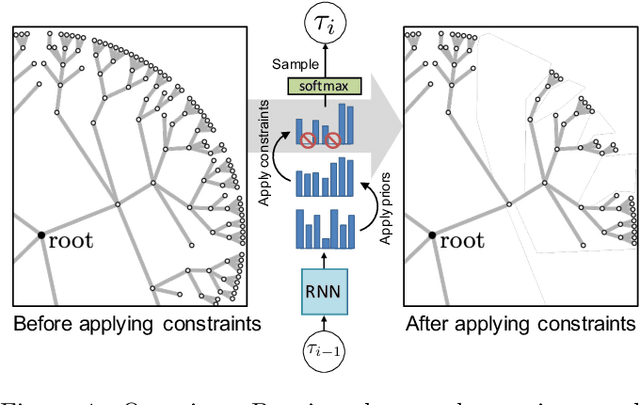


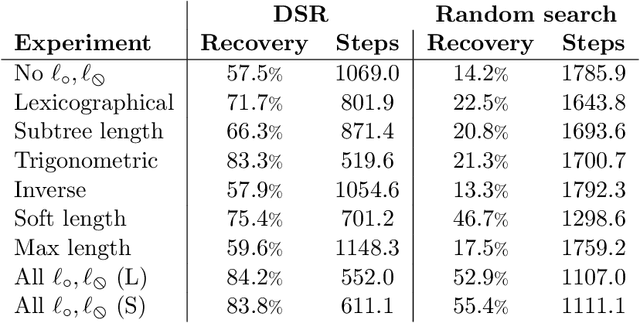
Abstract:Many AutoML problems involve optimizing discrete objects under a black-box reward. Neural-guided search provides a flexible means of searching these combinatorial spaces using an autoregressive recurrent neural network. A major benefit of this approach is that builds up objects sequentially--this provides an opportunity to incorporate domain knowledge into the search by directly modifying the logits emitted during sampling. In this work, we formalize a framework for incorporating such in situ priors and constraints into neural-guided search, and provide sufficient conditions for enforcing constraints. We integrate several priors and constraints from existing works into this framework, propose several new ones, and demonstrate their efficacy in informing the task of symbolic regression.
Improving exploration in policy gradient search: Application to symbolic optimization
Jul 19, 2021

Abstract:Many machine learning strategies designed to automate mathematical tasks leverage neural networks to search large combinatorial spaces of mathematical symbols. In contrast to traditional evolutionary approaches, using a neural network at the core of the search allows learning higher-level symbolic patterns, providing an informed direction to guide the search. When no labeled data is available, such networks can still be trained using reinforcement learning. However, we demonstrate that this approach can suffer from an early commitment phenomenon and from initialization bias, both of which limit exploration. We present two exploration methods to tackle these issues, building upon ideas of entropy regularization and distribution initialization. We show that these techniques can improve the performance, increase sample efficiency, and lower the complexity of solutions for the task of symbolic regression.
* Published in 1st Mathematical Reasoning in General Artificial Intelligence Workshop, ICLR 2021
Distilling Wikipedia mathematical knowledge into neural network models
Apr 13, 2021
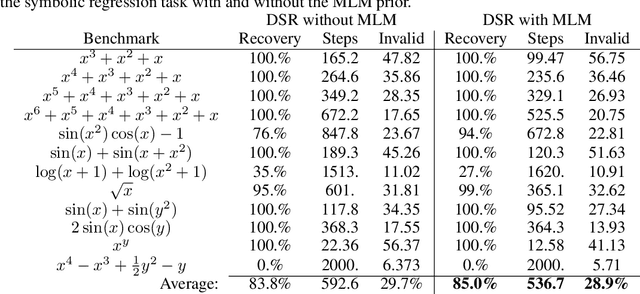
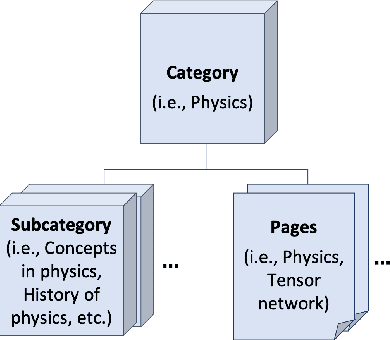
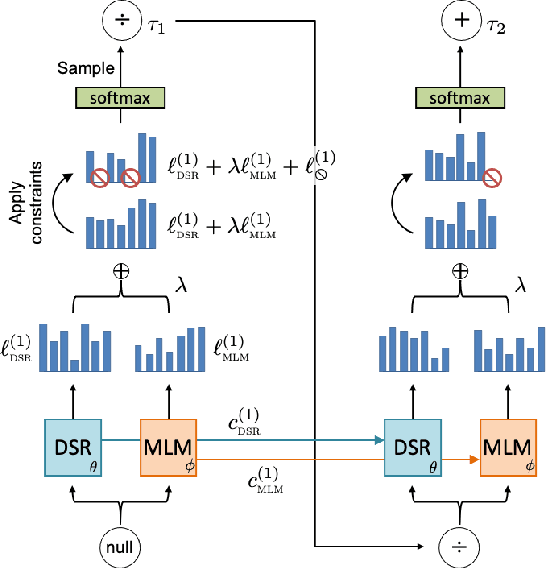
Abstract:Machine learning applications to symbolic mathematics are becoming increasingly popular, yet there lacks a centralized source of real-world symbolic expressions to be used as training data. In contrast, the field of natural language processing leverages resources like Wikipedia that provide enormous amounts of real-world textual data. Adopting the philosophy of "mathematics as language," we bridge this gap by introducing a pipeline for distilling mathematical expressions embedded in Wikipedia into symbolic encodings to be used in downstream machine learning tasks. We demonstrate that a $\textit{mathematical}$ $\textit{language}$ $\textit{model}$ trained on this "corpus" of expressions can be used as a prior to improve the performance of neural-guided search for the task of symbolic regression.
* 6 pages, 4 figures
 Add to Chrome
Add to Chrome Add to Firefox
Add to Firefox Add to Edge
Add to Edge